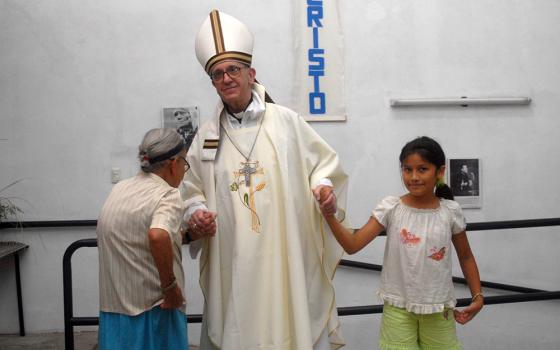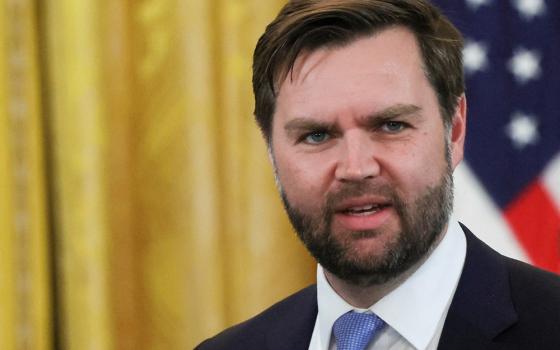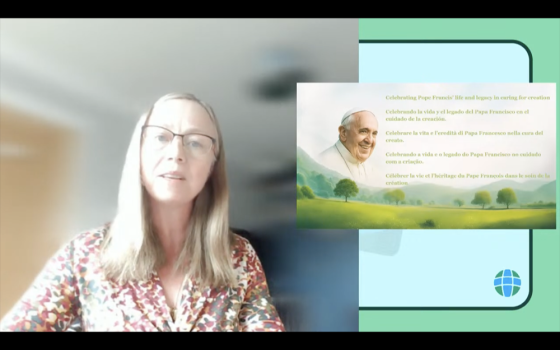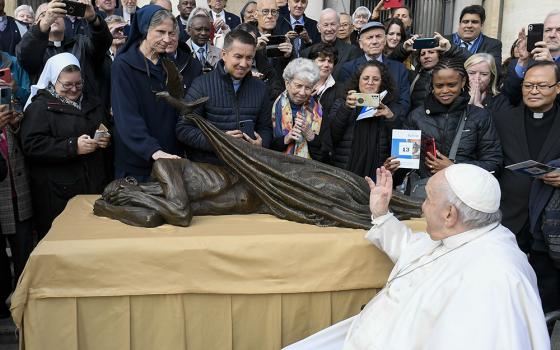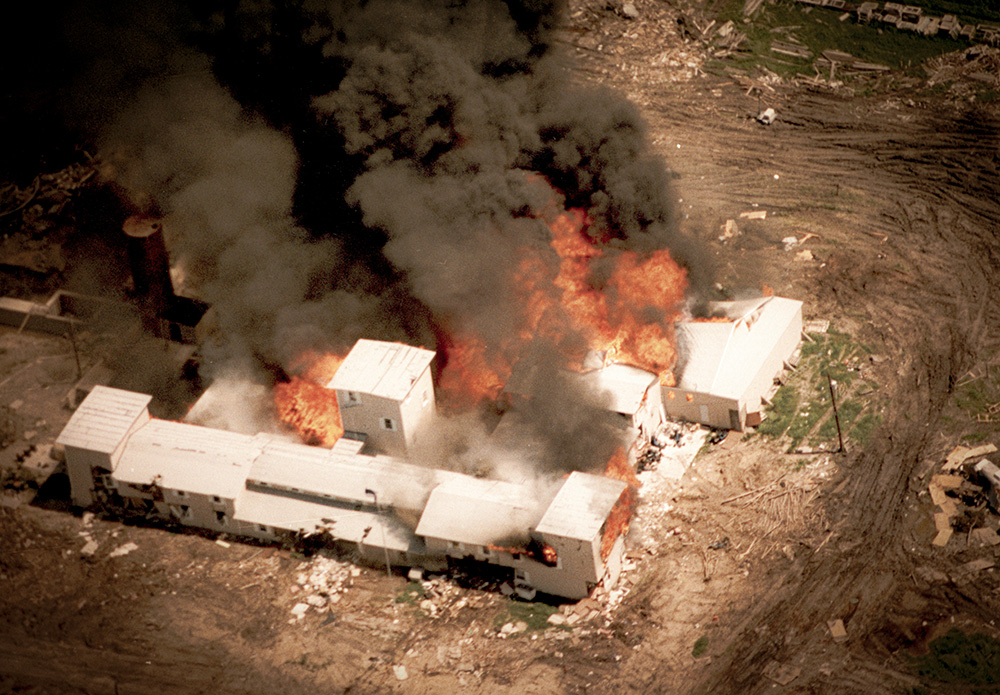
Aerial view of Branch Davidian compound near Waco, Texas, in flames on April 19, 1993, following a 51-day siege by the FBI and law enforcement. (Wikimedia Commons/FBI)
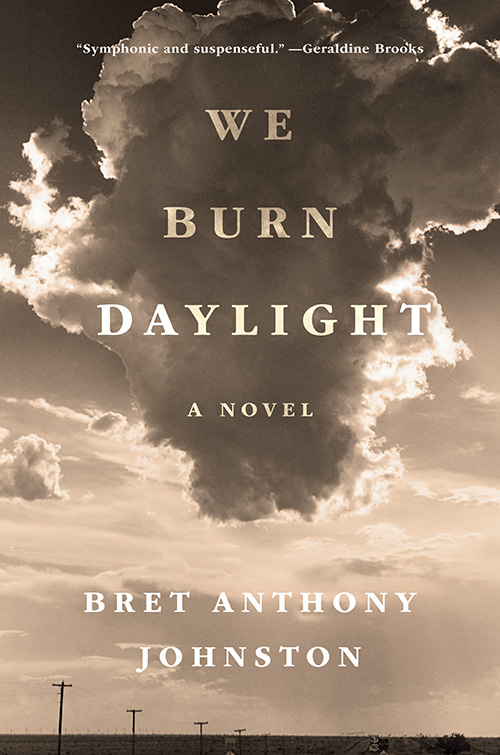
In 1993, U.S. federal and Texas state law enforcement agencies used battle tanks, surveillance aircraft and Black Hawk helicopters to lay siege on the Branch Davidian religious compound located on a rudimentary ranch just northeast of Waco, Texas. The highly televised siege, which began because the Branch Davidians were accused of stockpiling weapons, lasted for nearly two months until it ended in a tear gas assault and deadly fire that killed four federal agents, Branch Davidian leader David Koresh, and 81of his followers, an estimated one-third of whom were children.
We Burn Daylight, Texas author Bret Anthony Johnston's latest novel, is not explicitly about the Waco siege, but the fictionalized account closely mirrors the historical event. Told from the perspectives of two romantically entwined teenagers on either side of the compound, interspersed with transcripts from a modern-day podcast that interrogates what happened those 30-plus years ago, the story engages questions about religious freedom, state-sanctioned violence and the blurry line between church and cult.
Jaye is the daughter of a woman who's fallen for Perry Cullen, also known as "the Lamb," a charismatic, guitar-playing doomsday preacher who leads the unnamed religious cult camped out on the ranch.
Cullen is a stand-in for Koresh; as such, Cullen has sex with with many of his female followers, including Jaye's mother and at least one underage girl, to supposedly further his mission to procreate children needed in the End Times. Cullen also has his eye on Jaye, who despises him, but joined the group in an attempt to protect her mother.
Roy, the son of the local sheriff, meets Jaye at a gun show and the two teens fall in love.
Gun shows, horse trailers and mesquite trees. Pickup trucks, pecan pies and cowboy boots. As a Texan, and one who's spent a good deal of time in Waco at that, I can tell you that Johnston captures the place just right. One of the best things about reading this book is that you're not just stepping into a novel, you're stepping into a Texas novel, from the rough-hewn land to the cowboy colloquialisms.
Advertisement
Johnston succeeds at capturing the tragedy, confusion and questionable ethics found on both sides of the compound, and raises important questions about American freedoms. Did the Branch Davidians have a right to their way of life, protected under the First Amendment? Were law enforcement agencies justified in their attack, given how many children were at risk of malnutrition and sexual assault? Why did the siege escalate to the point of using military-grade weapons against American civilians? Why did so many Branch Davidians stay inside the compound until the bitter end?
Johnston doesn't offer straightforward answers to these questions. Instead, he gives us a kaleidoscope of perspectives based on different characters' points of view. Cullen's followers speak of meeting him at their lowest points and feeling they'd received a second chance at a meaningful life. Law enforcement agents offer mixed reports: Some deem the siege justifiable; some lament that they should never have been there in the first place; some regret not stopping Cullen before the escalation began.
At one point, the FBI calls in academic consultants to help them understand Cullen's mindset. One of the consultants tells a joke. "What's the difference between a cult and a religion in America?" she asks. The answer: "A hundred years."
We bristle, but her joke reflects a nagging uncertainty. "What if Perry's right?," young Roy asks his father's Catholic deputy. "Would it be crazier than the stories of Moses and Noah?"
In Texas — especially Texas in the 1990s — nearly everyone goes to church, whether the modest old Baptist structure or the flashy mega church. Public school teachers quote the Bible. Pastors pray for soldiers in the Middle East. Of course the teenage Roy would wonder how Cullen's radical Christianity differs from the acceptable Christianity practiced by the rest of town. If faith is simply blind acceptance of what some authority says, what's the difference between following Cullen or any other pastor?
These are modern questions, ones that elude the nuisances of difference between faith and delusion because they demand a degree of certainty neither can achieve. In this way, We Burn Daylight diagnoses a modern spiritual ailment: the lumping of all religion into one mass to be rejected as fleeting fantasies or harmful social systems. Readers might wish Johnston offered a way to parse the difference between Cullen's cult and, say, our own spiritual practices. He doesn't. Just like the aftermath of the Waco siege itself, we are left with more questions than answers.

